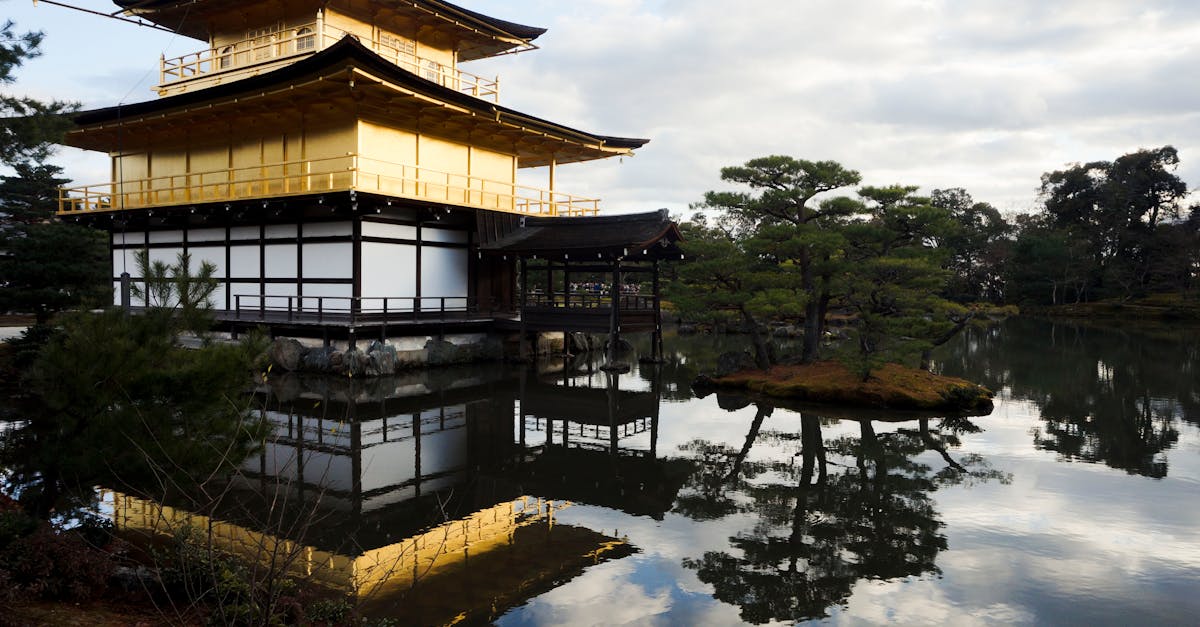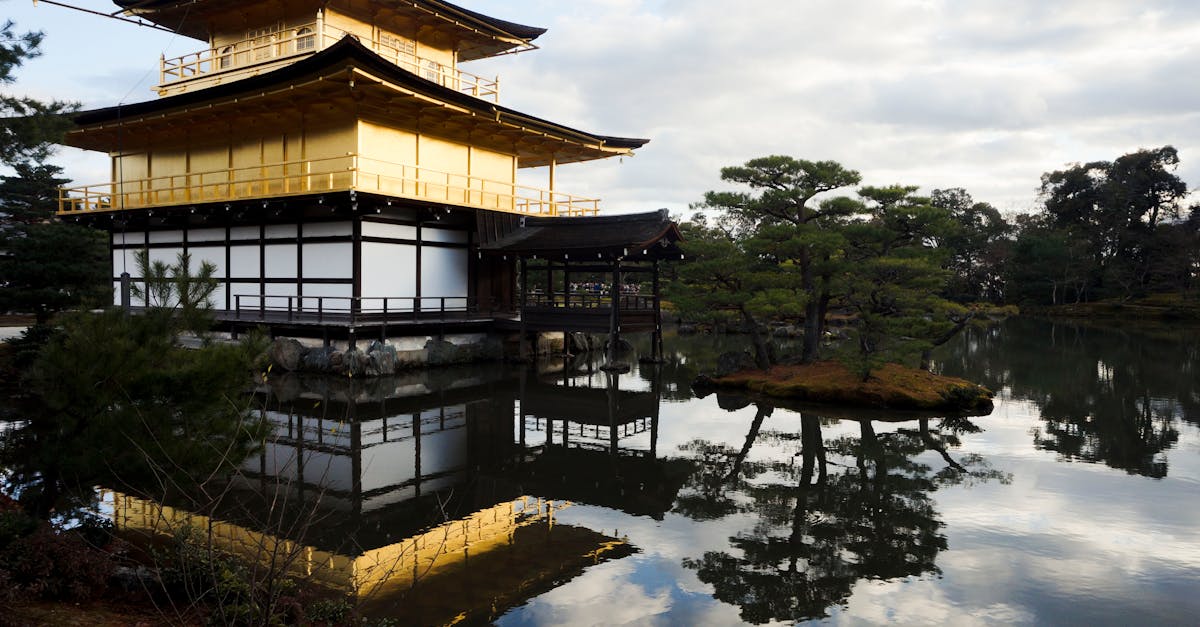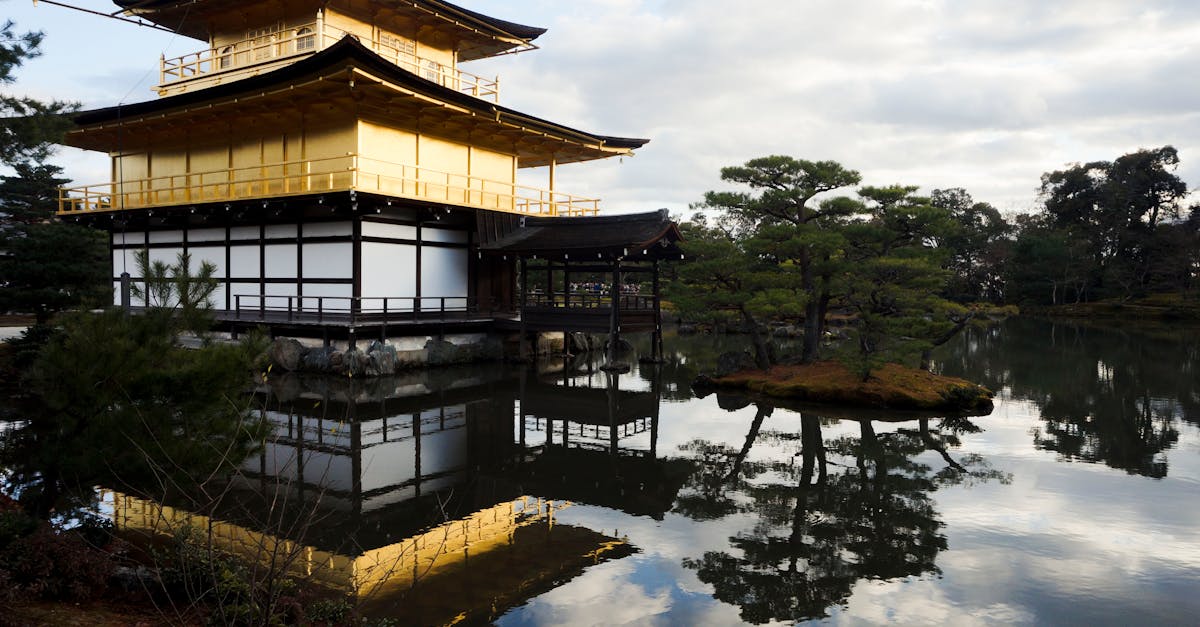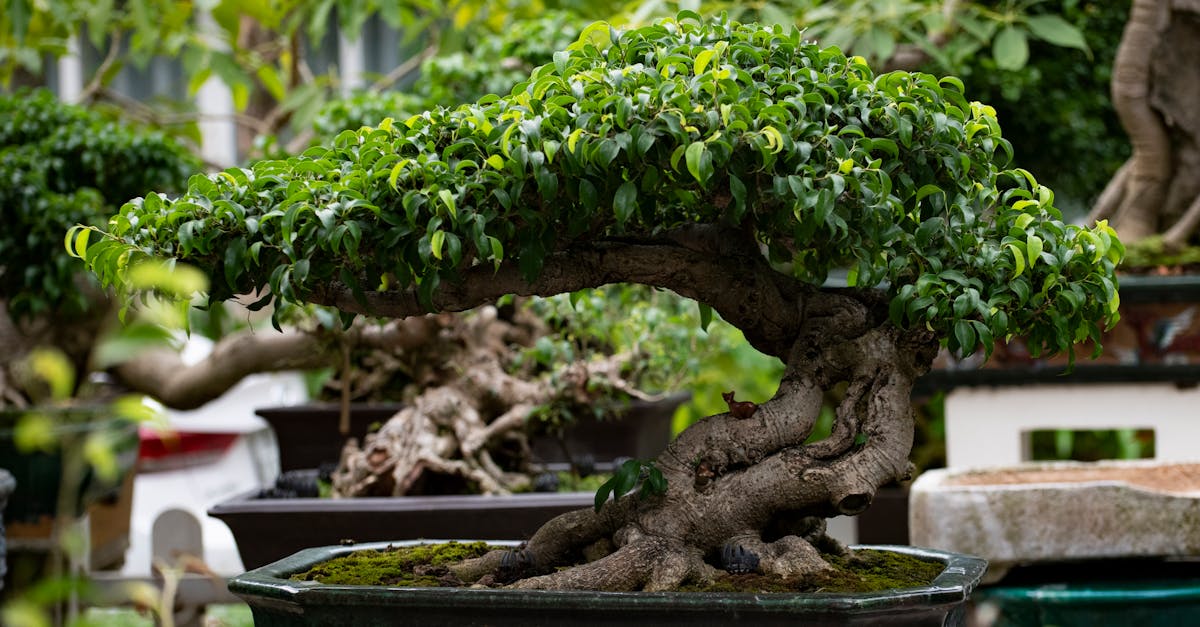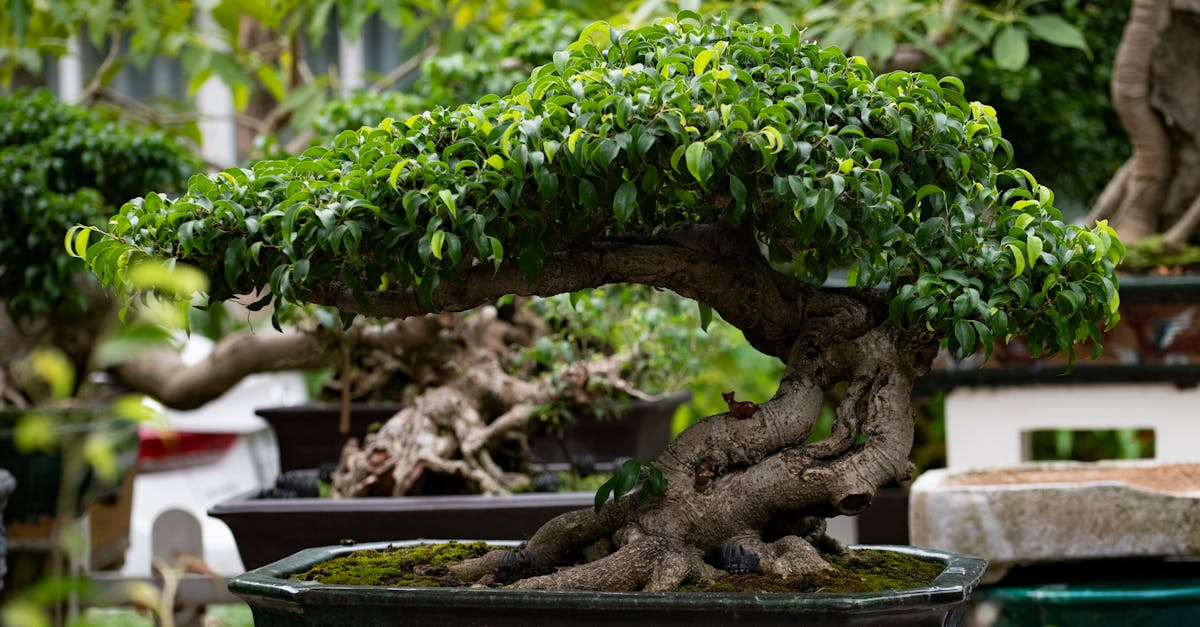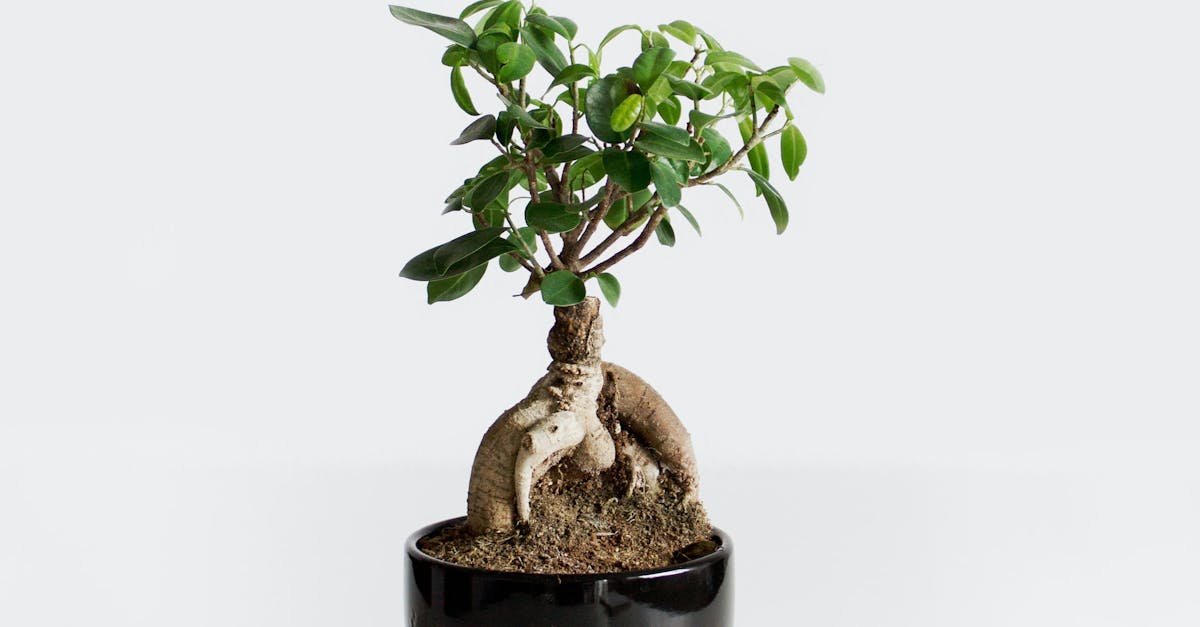Bonsai: The Art of Miniaturized Nature
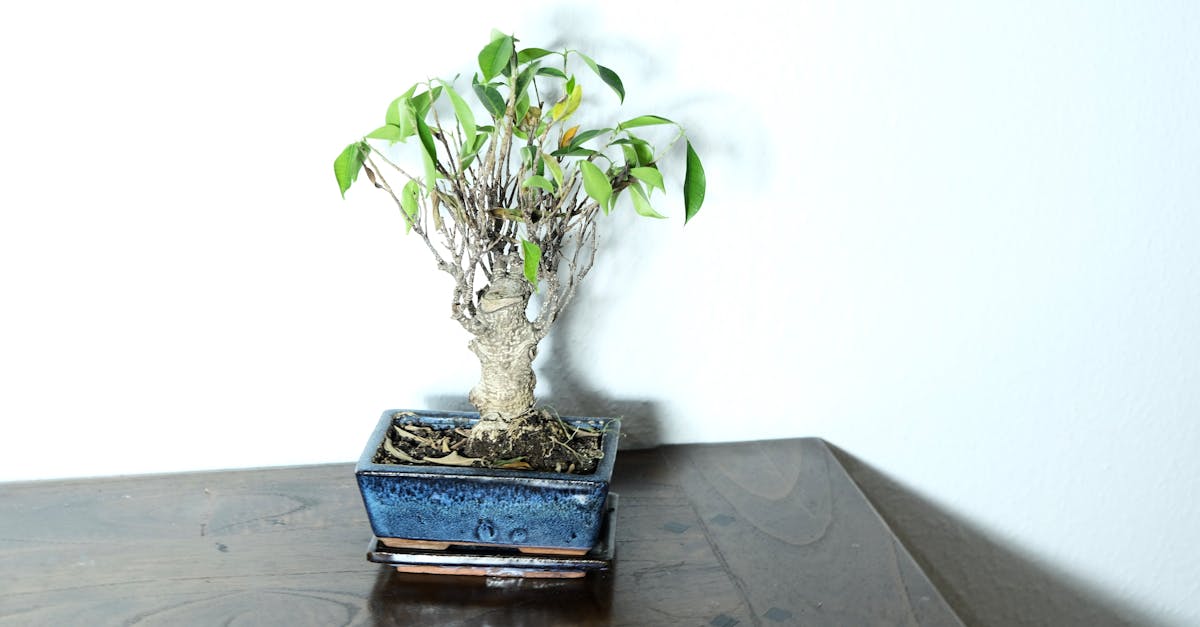
Bonsai, the ancient art of cultivating miniature trees, has captured the hearts of enthusiasts for centuries. These captivating living sculptures embody the harmony between nature and human creativity. In this comprehensive guide, we delve into the fascinating world of Bonsai, exploring its origins, defining characteristics, and the essential care techniques required to nurture these exquisite trees. Join us as we uncover the secrets of Bonsai, empowering you to cultivate your own miniature masterpieces.
1. What is Bonsai?
Bonsai, an ancient art form originating in China over a thousand years ago, is the practice of cultivating miniature trees in containers. These captivating living sculptures embody the harmony between nature and human creativity. The fundamental concept behind Bonsai is to create a miniaturized representation of a full-sized tree, capturing its essence and beauty in a compact form. Bonsai artists meticulously prune, wire, and shape their trees over time, guiding their growth to achieve the desired form and structure. Through this delicate and patient process, they create living works of art that evoke a sense of tranquility and connection with nature.
Origin and History of Bonsai
The origins of Bonsai can be traced back to ancient China, where it is believed to have emerged as early as the 7th century. Inspired by the Taoist concept of bringing nature indoors, Chinese scholars and artists began cultivating miniature trees in small pots. These early Bonsai were prized for their ability to evoke the beauty of natural landscapes in a condensed form. Over time, the practice spread to Japan, where it was further refined and developed into the art form we know today. Japanese Bonsai masters developed distinct styles and techniques, emphasizing balance, asymmetry, and the suggestion of age and wisdom in their creations. Bonsai also gained popularity in other regions, including Korea, Vietnam, and Europe, where it has been adapted and interpreted in unique ways, reflecting the cultural influences of each region.
Defining Characteristics of Bonsai
Bonsai are distinguished from ordinary trees by their unique characteristics and the techniques employed to create and maintain them. One of the most striking features of Bonsai is their diminutive size, achieved through careful pruning and root restriction. Bonsai artists use a variety of techniques to shape and style their trees, including pruning, wiring, and bending the branches and trunk. These techniques allow them to create the desired form and structure, often mimicking the natural shapes and forms found in nature. Additionally, Bonsai are typically grown in shallow containers, which helps to restrict their root growth and contributes to their compact size. The combination of these techniques and the use of specific soil and watering methods creates the distinctive characteristics that define Bonsai as a unique art form, fostering a deeper appreciation for the skill and dedication required to cultivate these living masterpieces.
2. How to Care for Bonsai
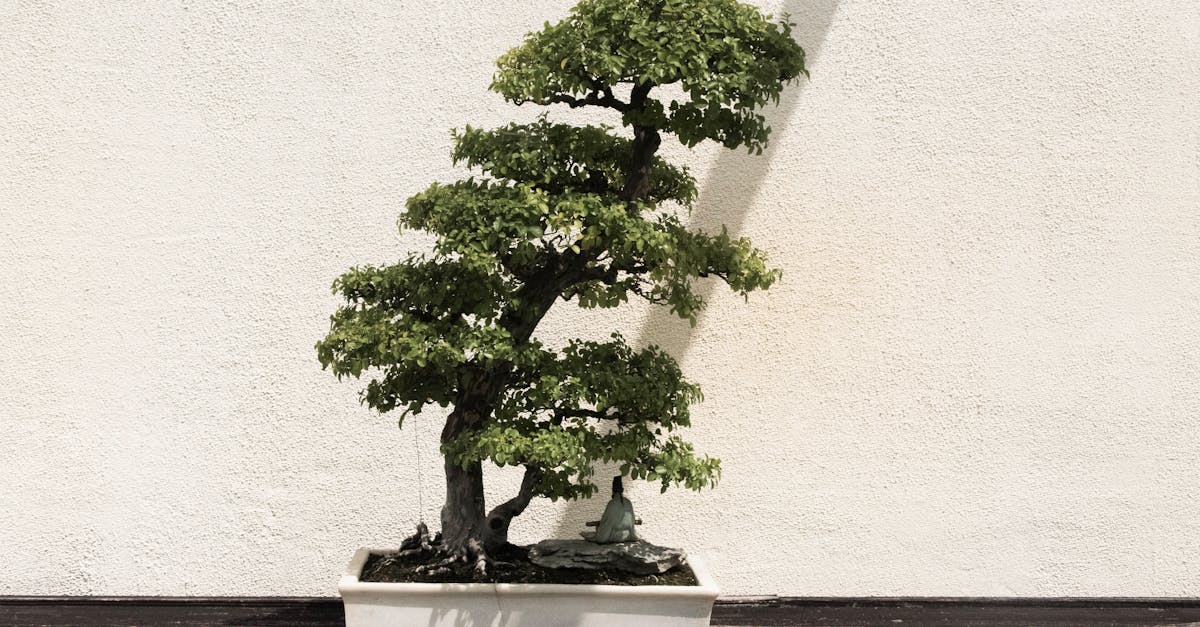
Providing optimal care for Bonsai is essential to ensure their health, vitality, and longevity. The key elements of Bonsai care include watering, fertilizing, pruning, and shaping. Watering Bonsai requires a delicate balance, as they are susceptible to both over-watering and under-watering. The frequency and amount of watering will vary depending on the species of tree, the size of the pot, and the climate. Fertilizing Bonsai is also important, as it provides the nutrients they need for healthy growth. The type and frequency of fertilization will depend on the specific needs of the tree and the time of year. Pruning and shaping are essential techniques for maintaining the desired form and structure of Bonsai. Pruning involves removing excess branches and leaves, while shaping involves bending and wiring the branches to create the desired aesthetic. By carefully following these care guidelines, Bonsai enthusiasts can ensure that their miniature trees thrive and bring lasting beauty and tranquility to their surroundings.
Watering Techniques for Bonsai
Watering Bonsai is a delicate art that requires a deep understanding of their specific needs. Over-watering or under-watering can quickly lead to problems, so it’s important to develop a tailored watering regimen that takes into account the type of tree, the size of the pot, and the climate. One common technique is to use the “finger test.” Simply insert your finger into the soil up to the first knuckle. If the soil feels dry, it’s time to water. Another technique is to use a moisture meter. This device can be inserted into the soil to measure the moisture level and indicate when watering is necessary. Regardless of the technique you choose, it’s important to water Bonsai thoroughly when you do. This means soaking the soil until water drains out of the bottom of the pot. Allowing the soil to dry out completely between waterings is also important, as this helps to prevent root rot. By following these tips, you can master the art of watering Bonsai and ensure their health and vitality.
Fertilizing Bonsai Trees
Fertilizing Bonsai trees is essential for their optimal growth and health. Bonsai trees require a balanced supply of nutrients, including nitrogen, phosphorus, and potassium. Nitrogen is essential for foliage growth, phosphorus promotes root development, and potassium helps to strengthen the overall health of the tree. The timing and dosage of fertilizer application will vary depending on the species of tree and the time of year. Generally, Bonsai trees should be fertilized during the growing season, which typically runs from spring to fall. A balanced liquid fertilizer can be applied every two to four weeks during this time. It’s important to follow the instructions on the fertilizer label carefully to avoid over-fertilizing, which can damage the tree. Organic fertilizers, such as fish emulsion or compost tea, can also be used to fertilize Bonsai trees. These fertilizers provide a slow release of nutrients, which can be beneficial for Bonsai trees. By following these tips, you can ensure that your Bonsai trees receive the essential nutrients they need to thrive.
Pruning and Shaping Techniques
Pruning and shaping are essential techniques for maintaining the desired form and structure of Bonsai trees. Selective pruning involves removing excess branches and leaves to create the desired shape and to promote new growth. Wiring is a technique used to bend and shape the branches of Bonsai trees. Wires are carefully wrapped around the branches and tightened to gradually bend them into the desired position. Bending is a similar technique that involves using your hands to gently bend the branches into the desired shape. These techniques require patience and practice to master, but they are essential for creating beautiful and healthy Bonsai trees. When pruning and shaping Bonsai trees, it’s important to keep in mind the natural growth habit of the tree. Pruning should be done in a way that complements the natural shape of the tree, rather than trying to force it into an unnatural shape. By following these tips, you can learn the intricate techniques of pruning and shaping Bonsai trees and create beautiful and unique works of art.
3. Bonsai Styles and Forms
The world of Bonsai encompasses a diverse range of styles and forms, each with its own unique characteristics and appeal. These styles have been influenced by historical and cultural factors, as well as the natural growth habits of different tree species. Some of the most popular Bonsai styles include the Formal Upright style, which is characterized by a straight trunk and branches that grow in a symmetrical pattern. The Informal Upright style is similar, but the trunk and branches have a more natural and asymmetrical appearance. The Slanting style features a trunk that leans to one side, creating a dynamic and visually interesting composition. The Cascade style is characterized by branches that cascade down over the edge of the pot, creating a waterfall-like effect. The Semi-Cascade style is similar, but the branches do not cascade as far down. These are just a few of the many Bonsai styles that exist, and each one offers its own unique aesthetic appeal. By understanding the different styles and forms, you can choose the one that best suits your personal taste and the tree species you are working with.
Traditional Bonsai Styles
Traditional Bonsai styles have been passed down through generations, and they continue to be popular among Bonsai enthusiasts today. These styles are characterized by their simple, elegant forms and their focus on showcasing the natural beauty of the tree. Some of the most iconic traditional Bonsai styles include the Upright Formal style, which is characterized by a straight trunk and branches that grow in a symmetrical pattern. The Informal Upright style is similar, but the trunk and branches have a more natural and asymmetrical appearance. The Slanting style features a trunk that leans to one side, creating a dynamic and visually interesting composition. The Cascade style is characterized by branches that cascade down over the edge of the pot, creating a waterfall-like effect. The Semi-Cascade style is similar, but the branches do not cascade as far down. These traditional Bonsai styles have been refined over centuries, and they represent the pinnacle of the art form.
Modern and Creative Bonsai Styles
Modern and creative Bonsai styles are pushing the boundaries of this ancient art form. These styles are characterized by their innovative designs and their use of non-traditional materials and techniques. Some of the most popular modern Bonsai styles include the Literati style, which is characterized by a tall, slender trunk with few branches. The Naturalistic style focuses on creating a Bonsai that looks like a miniature version of a tree found in nature. The Freeform style gives the artist complete freedom to create a Bonsai that is unique and expressive. Experimental Bonsai styles are also becoming increasingly popular. These styles often involve using unconventional materials, such as wire, metal, or even plastic. The goal of experimental Bonsai is to create a truly unique and innovative work of art. Modern and creative Bonsai styles are a testament to the ever-evolving nature of this ancient art form.
4. Bonsai in Different Settings

Bonsai trees can be integrated into a variety of different settings, creating a harmonious balance between nature and design. One popular setting is the traditional Japanese tea garden. Bonsai trees are often used to create a sense of tranquility and beauty in these gardens. Bonsai trees can also be used to create a focal point in a modern living room or office. The miniature size of Bonsai trees makes them ideal for small spaces, and their natural beauty can add a touch of elegance to any décor. Bonsai trees can also be used to create a unique and inviting outdoor space. They can be placed on a patio, balcony, or even in a small backyard. By carefully choosing the right style and size of Bonsai tree, you can create a beautiful and serene outdoor oasis.
Bonsai Indoors
Cultivating Bonsai indoors presents unique challenges and rewards. One of the biggest challenges is providing the tree with enough light. Bonsai trees need at least six hours of sunlight per day, so it’s important to place them in a bright location, such as near a window. If you don’t have a bright enough spot, you can supplement with artificial light. Another challenge is maintaining the proper humidity level. Bonsai trees prefer humid environments, so it’s important to mist them regularly or use a humidifier. You should also avoid placing your Bonsai tree near a heat source, as this can dry out the air. Despite the challenges, cultivating Bonsai indoors can be a rewarding experience. Bonsai trees can bring a touch of nature and beauty to your home, and they can also help to improve your well-being. Studies have shown that interacting with plants can reduce stress and improve mood.
Bonsai Outdoors
Embracing the natural beauty of Bonsai outdoors requires careful consideration for placement, protection, and seasonal care. Choosing the right location is crucial, as Bonsai trees need plenty of sunlight but should be protected from strong winds and harsh weather conditions. A sheltered spot on a patio or balcony is ideal. You should also consider the size and shape of your Bonsai tree when choosing a location, as it will need enough space to grow and develop. Once you’ve chosen a location, it’s important to protect your Bonsai tree from the elements. In the summer, you’ll need to water it regularly and protect it from the sun’s intense rays. In the winter, you’ll need to protect it from the cold and frost. You can do this by placing it in a sheltered spot or by wrapping it in burlap or bubble wrap. With proper care and attention, your Bonsai tree will thrive outdoors and bring you years of enjoyment.
5. Common Challenges and Solutions for Bonsai
Bonsai enthusiasts often encounter common challenges that can affect the health and longevity of their miniature trees. One of the most common challenges is pests and diseases. Pests, such as aphids, spider mites, and scale, can infest Bonsai trees and cause damage to the leaves, stems, and roots. Diseases, such as root rot and powdery mildew, can also affect Bonsai trees and cause them to decline. It’s important to regularly inspect your Bonsai tree for signs of pests and diseases and to take appropriate action to control or eliminate them. Another common challenge is over-watering or under-watering. Bonsai trees have specific watering needs, and it’s important to find the right balance to keep them healthy. Over-watering can lead to root rot, while under-watering can cause the tree to wilt and die. It’s important to learn the watering needs of your specific Bonsai tree and to adjust your watering schedule accordingly. Finally, Bonsai trees can also be affected by styling mistakes. Pruning and shaping Bonsai trees is a delicate process, and it’s important to learn the proper techniques to avoid damaging the tree. If you’re not sure how to prune or shape your Bonsai tree, it’s best to consult with an experienced Bonsai artist.
Pests and Diseases Affecting Bonsai
Bonsai trees can be affected by a variety of pests and diseases, which can damage the tree’s leaves, stems, and roots. Some of the most common pests include aphids, spider mites, and scale. Aphids are small, soft-bodied insects that feed on the sap of Bonsai trees. Spider mites are tiny, spider-like creatures that spin webs on the leaves of Bonsai trees. Scale are small, armored insects that attach themselves to the stems and branches of Bonsai trees. These pests can cause a variety of problems, including leaf damage, yellowing, and stunted growth. Some of the most common diseases that affect Bonsai trees include root rot, powdery mildew, and canker. Root rot is a fungal disease that attacks the roots of Bonsai trees, causing them to rot and die. Powdery mildew is a fungal disease that causes a white powdery substance to form on the leaves of Bonsai trees. Canker is a fungal disease that causes cankers, or dead areas, to form on the bark of Bonsai trees. These diseases can cause serious damage to Bonsai trees and can even kill them if left untreated.
Overcoming Styling Mistakes
Styling mistakes are common among Bonsai enthusiasts, especially beginners. These mistakes can range from minor imperfections to major structural flaws. However, with the right techniques and a little patience, it is possible to correct these mistakes and restore the balance and aesthetics of your Bonsai. One of the most common styling mistakes is over-pruning. Over-pruning can weaken the tree and make it more susceptible to pests and diseases. It can also create an unnatural and unbalanced appearance. To correct this mistake, allow the tree to grow out for a season or two before pruning it again. During this time, focus on developing the tree’s structure and shape. Another common mistake is using wire that is too thick or too thin. Wire that is too thick can damage the tree’s bark and branches. Wire that is too thin will not be able to hold the branches in place effectively. To correct this mistake, use wire that is the appropriate thickness for the size of the branch you are wiring. Finally, avoid making drastic changes to the tree’s shape all at once. Drastic changes can shock the tree and cause it to decline. Instead, make small, gradual changes over time. This will allow the tree to adjust to the changes and develop a strong, healthy structure.
Troubleshooting Bonsai Health Issues
Bonsai trees, like all living things, are susceptible to a variety of health issues. These issues can be caused by a variety of factors, including pests, diseases, improper care, and environmental conditions. It is important to be able to diagnose and resolve these issues quickly and effectively to ensure the health and longevity of your Bonsai trees. One of the most common health issues that affect Bonsai trees is root rot. Root rot is a fungal disease that attacks the roots of the tree, causing them to rot and die. This can lead to a variety of problems, including yellowing leaves, stunted growth, and eventually death. To prevent root rot, it is important to use well-draining soil and to avoid over-watering. If you suspect that your Bonsai tree has root rot, you should repot it immediately and remove any infected roots. Another common health issue that affects Bonsai trees is nutrient deficiency. Nutrient deficiency can occur when the tree does not receive enough of the nutrients it needs to grow and thrive. This can lead to a variety of problems, including yellowing leaves, stunted growth, and poor overall health. To prevent nutrient deficiency, it is important to fertilize your Bonsai tree regularly with a balanced fertilizer.
What is the most common mistake beginners make when caring for Bonsai trees?
One of the most common mistakes beginners make is over-watering their Bonsai trees. Bonsai trees prefer well-draining soil and should only be watered when the soil is dry to the touch.
How often should I fertilize my Bonsai tree?
Bonsai trees should be fertilized regularly during the growing season, which typically runs from spring to fall. The frequency of fertilization will vary depending on the type of fertilizer you are using and the size of your tree.
How can I tell if my Bonsai tree is healthy?
Healthy Bonsai trees will have bright green leaves, strong branches, and a well-developed root system. They will also be free of pests and diseases.
What is the best way to learn how to care for Bonsai trees?
There are many resources available to help you learn how to care for Bonsai trees. You can find books, articles, and websites on the topic. You can also attend workshops or classes taught by experienced Bonsai artists.
How old can Bonsai trees get?
Bonsai trees can live for centuries with proper care. Some Bonsai trees are over 1,000 years old.

